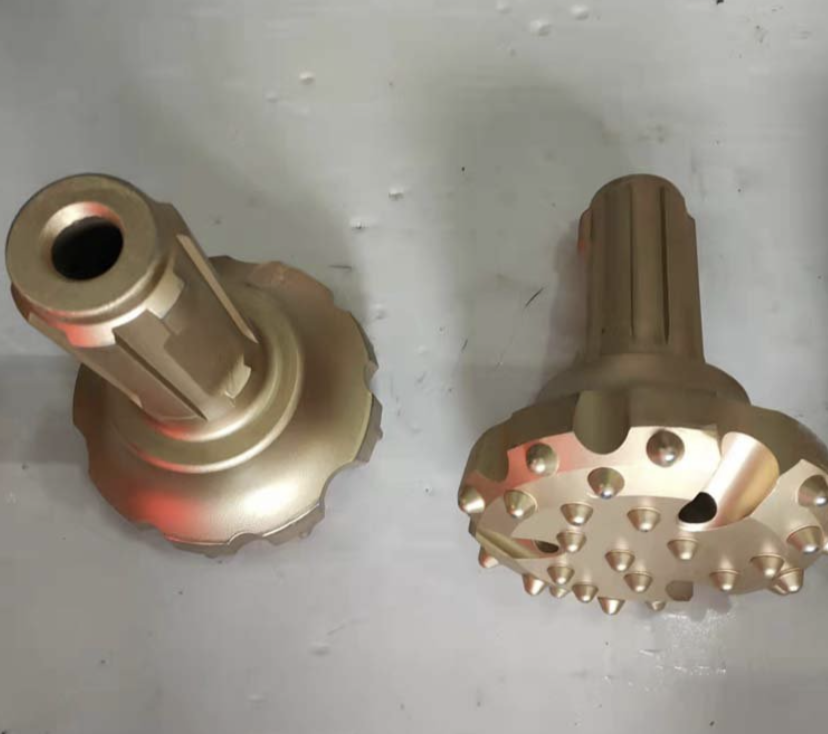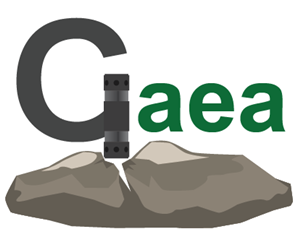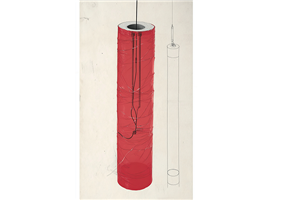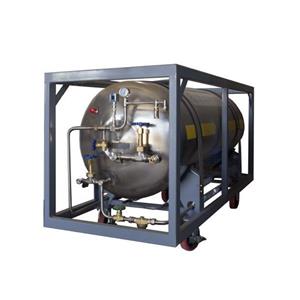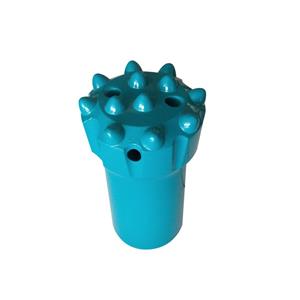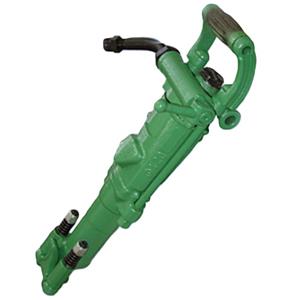High‑pressure DTH drilling bits (DTH drilling bits) selection guide: pick the right “face” and double your efficiency!
In high‑pressure DTH drilling operations, speed and efficiency are top priorities. The single most important tool for achieving them is the drill bit itself. Choose the right bit and you’ll get far better results; choose the wrong one and productivity can suffer. One of the most important aspects to consider is the bit’s end‑face design — the “face” of the bit — because different rock types and working conditions demand different face geometries.
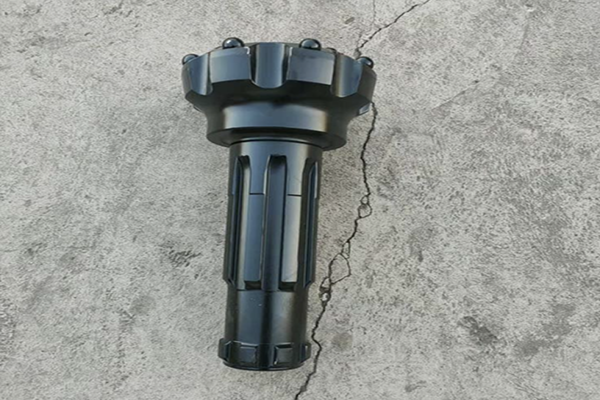
The end face largely determines a DTH bit’s performance: drilling rate, hole quality (especially blast‑hole straightness), bit life and overall productivity. Many factors influence these outcomes, but end‑face geometry plays a decisive role. Think of it as the bit’s “look”; different “faces” perform differently on different jobs. The mainstream end‑face designs for high‑pressure DTH drilling bits are fourfold, each with its own character and ideal applications:
Convex end face: the “assault” option
Feature: the face is raised or domed.
Advantage: concentrates impact force, maintaining high penetration rates when drilling hard to very hard, highly abrasive rock.
Limitation: generally produces poorer hole straightness.
Best for: projects where fast penetration in hard, abrasive rock is the priority and strict blast‑hole straightness is not required.
Flat end face: the durable all‑rounder
Feature: a flat, planar face.
Advantage: the most robust and impact‑resistant structure.
Best for: drilling in hard and very hard rock; also suitable for medium‑hard to soft rock when hole straightness is not critical. Represents reliability and toughness.
Concave (recessed cone) end face: the precision performer
Feature: a cone‑shaped recess in the center of the face.
Advantages:
Improved centering: the recessed area provides a mild pilot/centering effect, noticeably improving bit centering and resulting hole straightness.
Better cuttings evacuation: promotes smoother debris removal.
Good penetration rate: balanced performance across metrics.
Market position: because it offers a strong balance of hole straightness, penetration speed and debris removal, this type is one of the most widely used high‑pressure DTH bit designs.
Best for: various rock types where both hole straightness and drilling speed are important, especially medium‑hard rock.
Deep‑centered concave end face: the soft‑rock guiding specialist
Feature: a pronounced, deep central recess.
Advantage: the deep recess greatly enhances the pilot/centering effect, maintaining excellent hole straightness when drilling deep holes.
Limitation: the face’s structural strength is weaker compared with other types.
Best for: deep blast holes in soft to medium‑hard rock where high hole straightness is required. Not suitable for hard rock.
Choose the right “battlefield” There is no universal bit. In high‑pressure DTH drilling, matching the end‑face geometry to rock hardness, abrasiveness, and the project’s requirements for hole straightness, depth and efficiency is the key to improving results. Know the strengths and limits of these four “faces,” and your drilling operations will be far more effective — truly finding the right “face” can double your efficiency.
